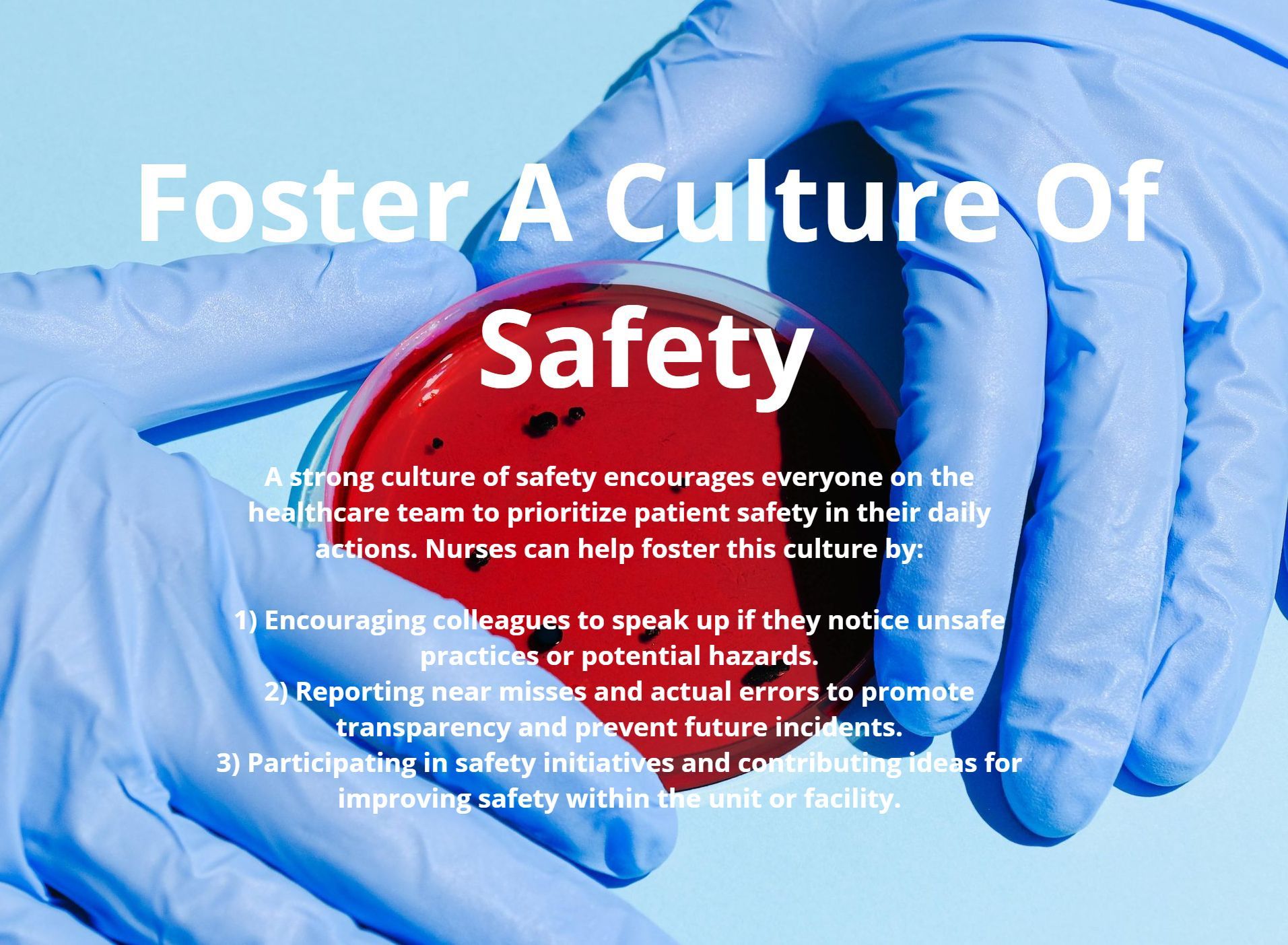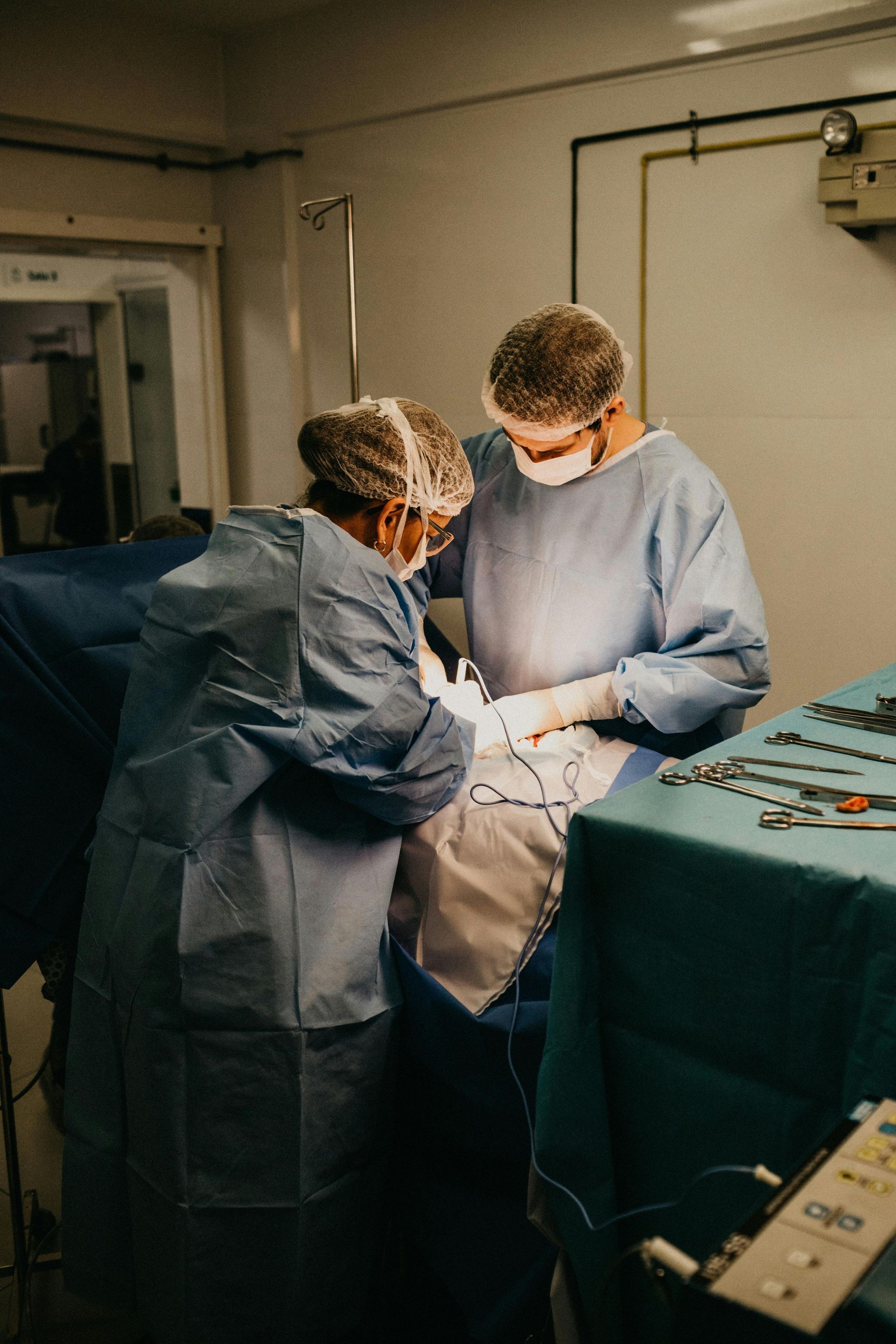Improving Patient Safety: Best Practices for Nurses
Nicholas DeStefano BSN, RN, CNOR
Patient safety is a critical priority in healthcare, and nurses play a central role in ensuring that patients receive the best care possible. Nurses are often the first line of defense against potential errors and complications, making it essential to follow best practices that prioritize safety at every stage of patient care. Here are key strategies and practices nurses can adopt to enhance patient safety and improve outcomes.
STAY UPDATED ON POLICIES AND PROCEDURES
Healthcare is constantly evolving, and patient safety protocols may change over time, making it important for nurses to stay informed about updates in hospital policies, new safety protocols, and best practices. Nurses should actively participate in regular training sessions, simulations, or refresher courses on safety and patient care, and consistently follow evidence-based guidelines that have been proven to improve patient safety outcomes.
EDUCATE AND EMPOWER PATIENTS
Engaging patients in their care is a proven way to improve safety and outcomes. Nurses can help by:
01
Educate
Educating patients about their medications, treatments, and procedures
02
Encourage
Encouraging patients to ask questions and voice concerns.
03
Materials
Providing written instructions and teaching materials for home care and post-discharge follow-up.
Maintain Safe Environments
Keeping the patient’s environment safe reduces the risk of accidents and injuries.
- Ensure that the patient’s bed rails are used appropriately, and that bed alarms are set for patients at risk of falls.
- Regularly check that equipment is functioning properly and is stored safely.
- Keep floors clear of hazards like wet spots or clutter that could lead to slips and falls.
PRACTICE ACCURATE DOCUMENTATION
Accurate and thorough documentation is crucial for continuity of care and patient safety. Nurses should:
- Record all treatments, medications, and observations promptly and accurately.
- Ensure that any changes in patient condition are documented and communicated to the healthcare team.
- Double-check that documentation matches the treatment plan and that it’s updated in real-time.

Conclusion
Nurses are essential in maintaining and improving patient safety. By following these best practices—communicating effectively, practicing proper hand hygiene, verifying patient identity, preventing medication errors, educating patients, and staying informed on safety protocols—nurses can significantly reduce risks and enhance the overall quality of care. Patient safety is a shared responsibility, and by incorporating these practices into daily nursing routines, we can create a safer healthcare environment for everyone.
Follow Me!
Stay updated with the latest patient care strategies, health tips, and wellness insights. I'll cover everything you need to stay informed and inspired on your nursing journey.
Share







